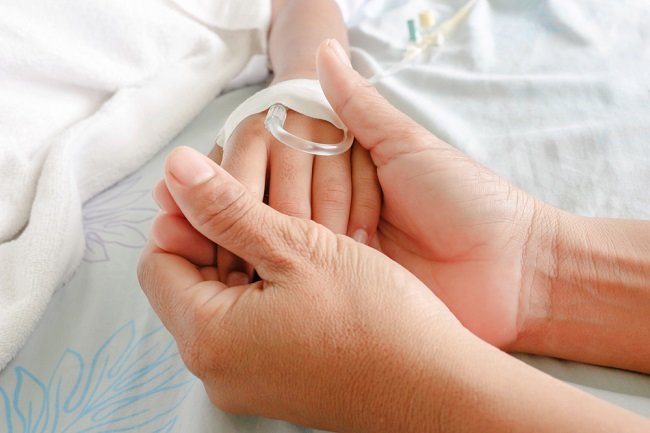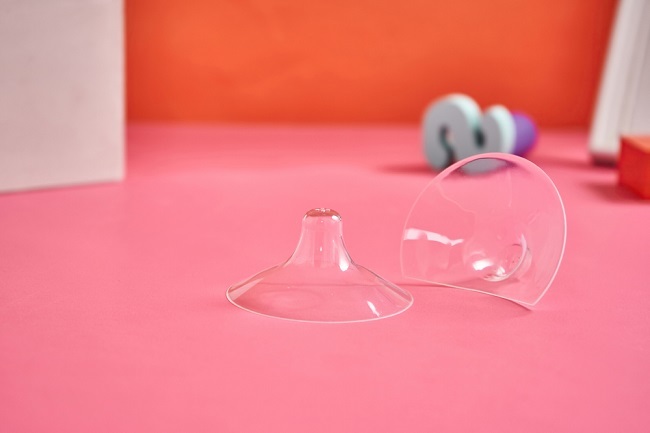CPD (cephalopelvic disproportion) is a condition when the baby's head is unable to pass through the mother's pelvis. This condition can make normal delivery difficult. What causes it and how is CPD treated?
Term cephalopelvic disproportion derived from the word cephalo which means head and pelvic which means pelvis. In general, CPD is defined as a condition when the baby's head is difficult to enter the pelvis or birth canal. Mothers who experience this condition will usually experience obstructed labor, making it difficult to give birth normally.

Causes and Risk Factors of CPD (Cephalopelvic Disproportion)
The condition of the baby's head that does not pass through the pelvis enough can be caused by various things. The following are some fetal conditions that can cause CPD:
1. The fetus is too big
The risk of developing CPD increases if the fetus weighs more than 4,000 grams. This large baby weight can be caused by heredity or gestational diabetes.
2. Fetal position is not normal
A fetus in a breech or transverse position will find it more difficult to pass through the pelvis in a normal delivery. Normal delivery will also be difficult if the part of the baby's head facing the cervix is wider, for example the face or the back of the head.
3. Health problems
CPD can sometimes also occur when the fetus has certain conditions, such as hydrocephalus. This condition makes the size of the fetal head enlarged, making it more difficult to pass through the pelvis or birth canal.
Meanwhile, there are several conditions that can make pregnant women more at risk of developing CPD, including:
- History of pelvic surgery or previous injury to the pelvis
- Narrow hips
- First pregnancy
- Gestational diabetes
- Polyhydramnios or excessive amount of amniotic fluid
- Obesity
- Excessive weight gain during pregnancy
- Height less than 145 cm
- Pregnant at a young age, because the pelvic bones have not fully grown
- Pregnancy past the month or gestational age has passed 40 weeks
Tests to Diagnose CPD (Cephalopelvic Disproportion)
CPD generally causes no symptoms during pregnancy. However, if CPD occurs due to the narrow shape of the mother's pelvis or the large size of the fetus, this condition can generally be detected by a doctor through routine obstetrical examinations.
Doctors can diagnose CPD in pregnant women through a physical exam, pelvic exam, and pregnancy ultrasound. Prior to delivery, pregnant women with CPD will usually experience the following problems or complaints:
- Labor is stuck or lasts longer than expected
- Uterine contractions are not strong enough or not present
- Dilation of the cervix or opening of the uterus occurs slowly or does not occur at all
- The baby's head does not enter the pelvis or birth canal
- Induction failed to make labor progress
Recommended Delivery Methods in Handling CPD
Mothers who have a narrow pelvis still have the opportunity to give birth normally. During labor, the doctor or midwife will monitor contractions, the opening of the cervix, and the baby's movement toward the birth canal.
However, if there are difficulties, the doctor can help the delivery process with assistance forceps or vacuum to remove the baby.
However, CPD can sometimes make labor take too long, leaving the mother exhausted. If this is the case, usually the doctor will perform a cesarean section to remove the baby from the womb. Caesarean section can also be done if there are complicated conditions, such as fetal distress.
Because of the risk of endangering the condition of the mother and fetus, most pregnant women with CPD are advised to give birth by caesarean section.
If labor lasts too long due to CPD, there are several complications that can occur to the mother or fetus, including:
- Baby's head deformity
- Baby head injury
- Umbilical cord prolapse
- Dystocia, which is a condition when the baby's shoulder gets stuck in the birth canal or vagina
- Perineal rupture
- uterine injury
- Bleeding
In order to anticipate any complications during labor and detect CPD early on, it is important for every pregnant woman to have regular check-ups with her obstetrician. That way, the doctor can plan the right treatment.









